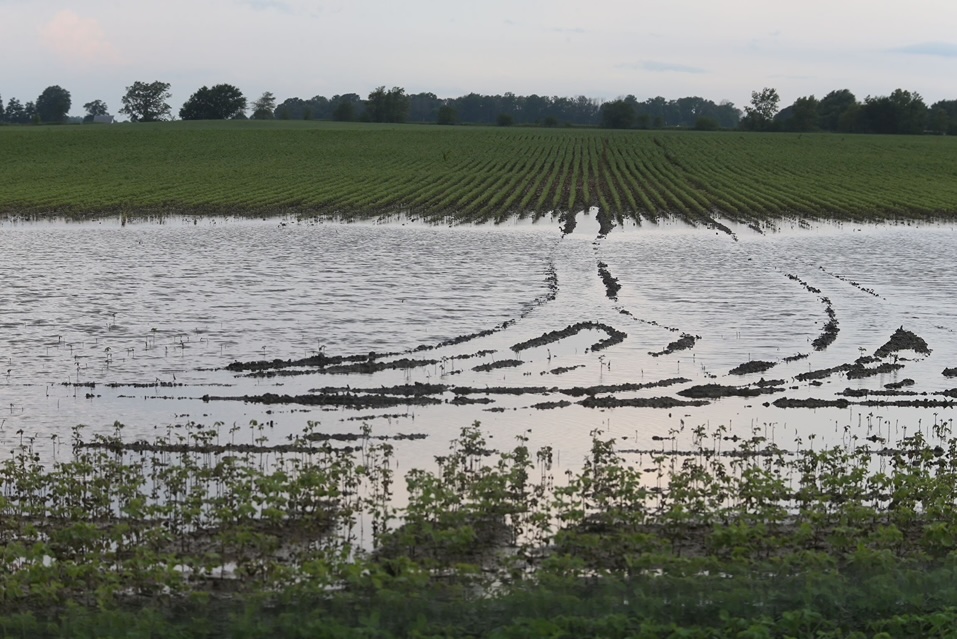Professor Breaks Down Big Data

Four tips for farmers considering a Big Data investment
The speed with which big data has blown into the world of agriculture has many farmers and commentators spinning their wheels to catch up. A phrase that has appeared in recent months to describe this response is “farmer fatigue.”
Fatigue or not, big data is here to stay.
“We’ve arrived at what I would call the ‘digital agriculture era,’” said Ohio State University Agriculture Professor John Fulton.
He acknowledged that the prospect of engaging with all that falls under the label “big data” is daunting for farmers. He recalled a quote from one farmer who was asked about this new trend.
“I know the data I am saving is valuable, but on a rainy day I would rather be in the shop than sit in front of a computer and manage my data.”
In spite of the staggering amount of data being produced by farm operations, Fulton emphasized that this era is in its infancy, which means a large number of people and institutions are still trying to figure out how to make it useful.
He acknowledged three primary areas that the industry has identified as the most likely ways to measure the success of this trend:
1. Farm profitability
2. Improved use of nutrients and water
3. Crop yield
Areas of Investment
In pursuit of those three goals, dozens of players — Fulton called them ag technology providers (ATPs) — have invested broadly in ag data. He identified six areas of investment:
- Machine feedback and control (automation and precision)
- Telematics (wireless solutions and connectivity)
- Crop health (drone, plane and satellite sensors)
- In-field monitoring (field-level soil and crop sensors)
- Data management (gathering and organizing information)
- Data analytics (making decisions with that information)
Farmer Considerations
Fulton counseled farmers to keep a few things in mind before committing to a data-collection-and-analysis program, including:
1. The quality of the data is critical, so the set up and calibration of equipment and technology must be done properly and carefully.
2. Farmers should back up their data, keeping a hard copy at their farm office.
3. Farmers need to clearly understand the value they hope to receive from any big data partnerships and should choose those partnerships accordingly.
4. Farmers must read and understand terms and conditions of the agreement, especially regarding their ability to share the information with other trusted partners.
He noted that prescriptive seeding and fertilizer services are becoming standard options, meaning they are essentially free for farmers, as they are built into pricing structures for those products.



